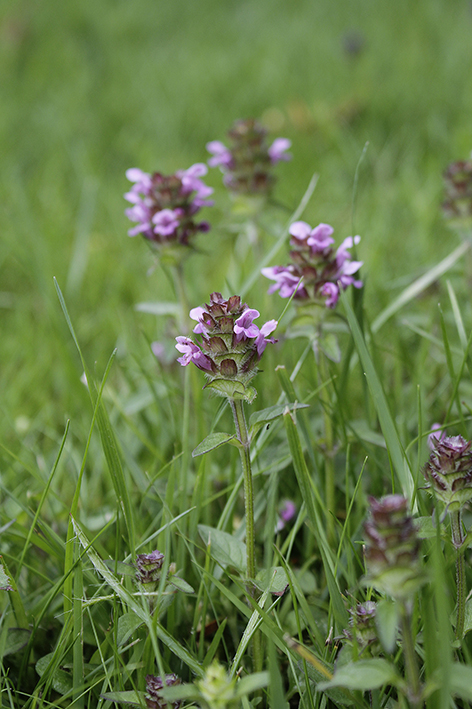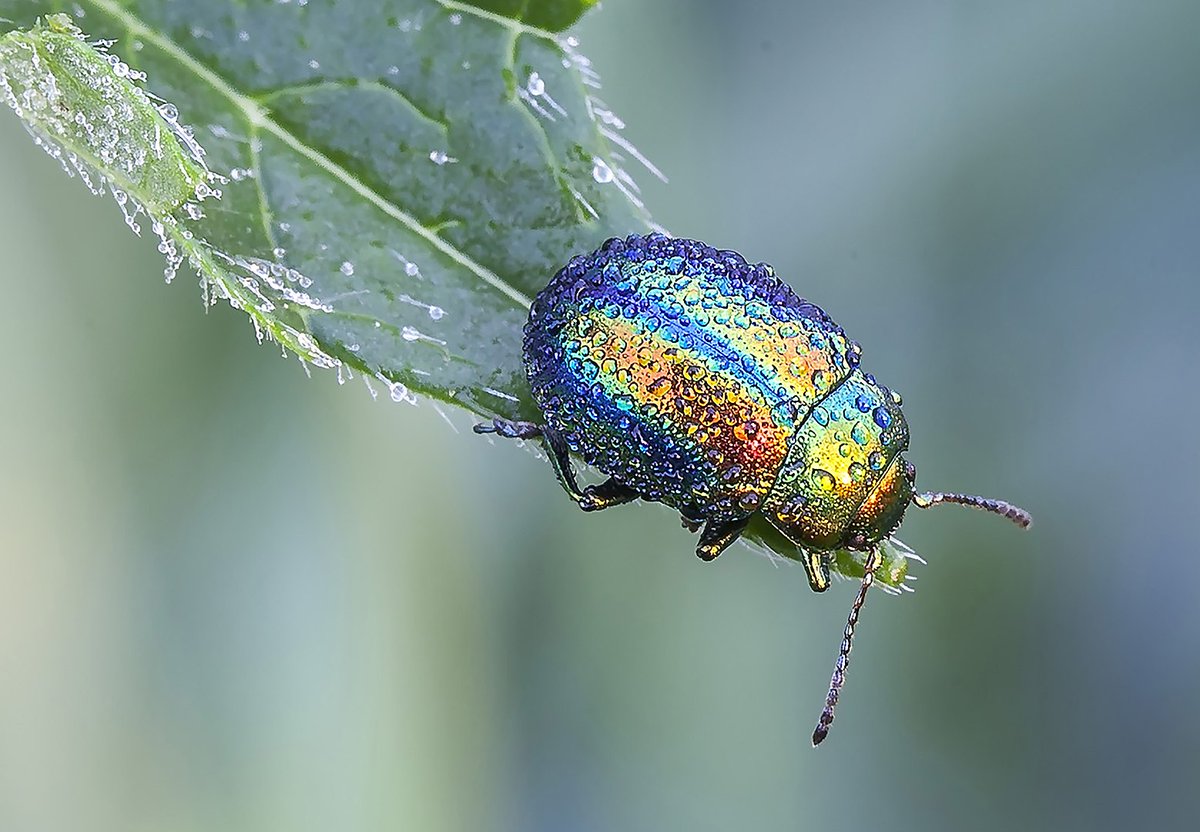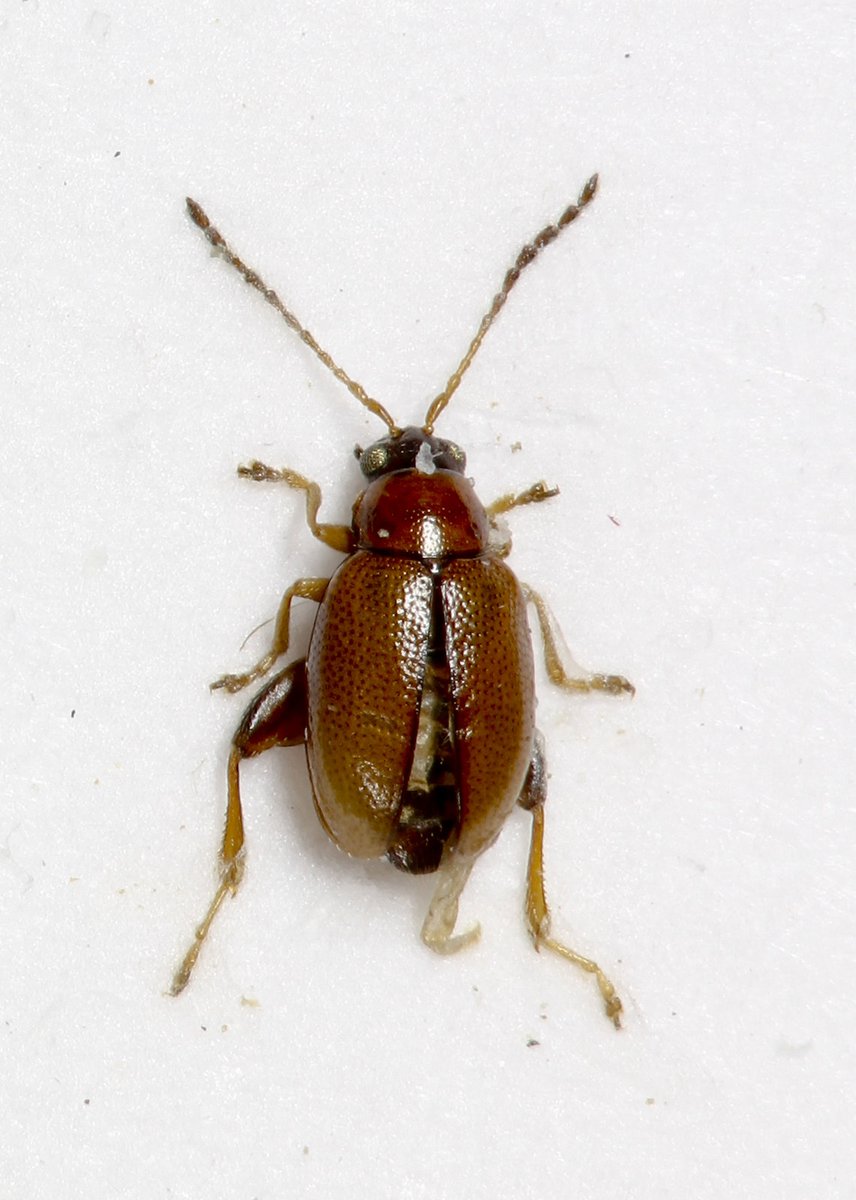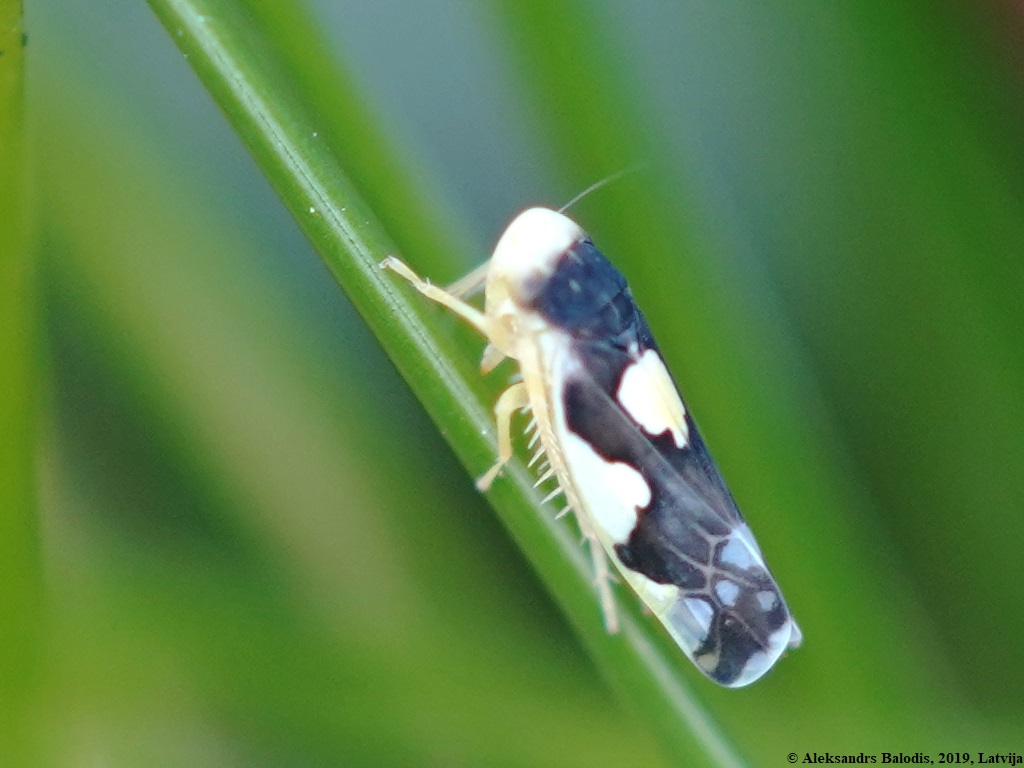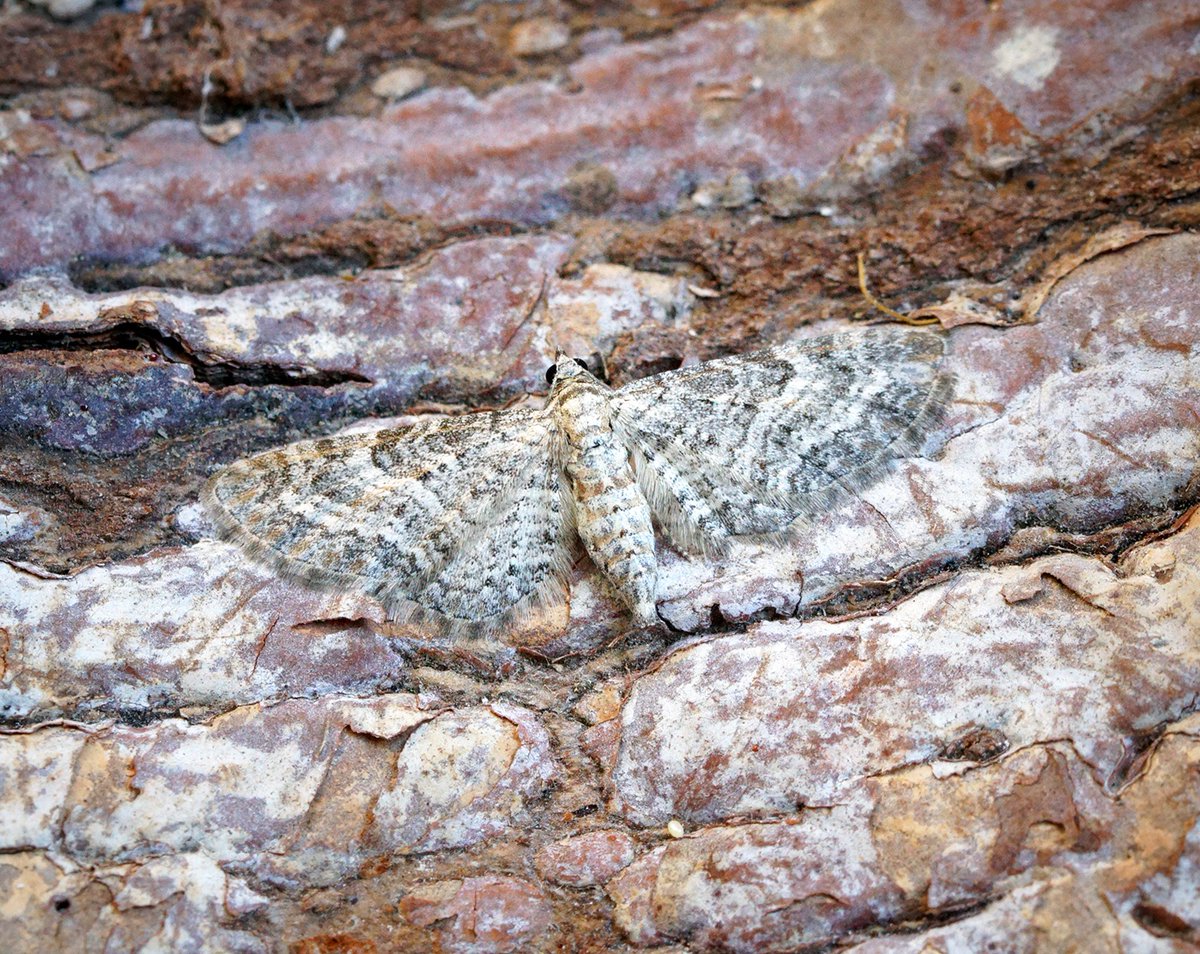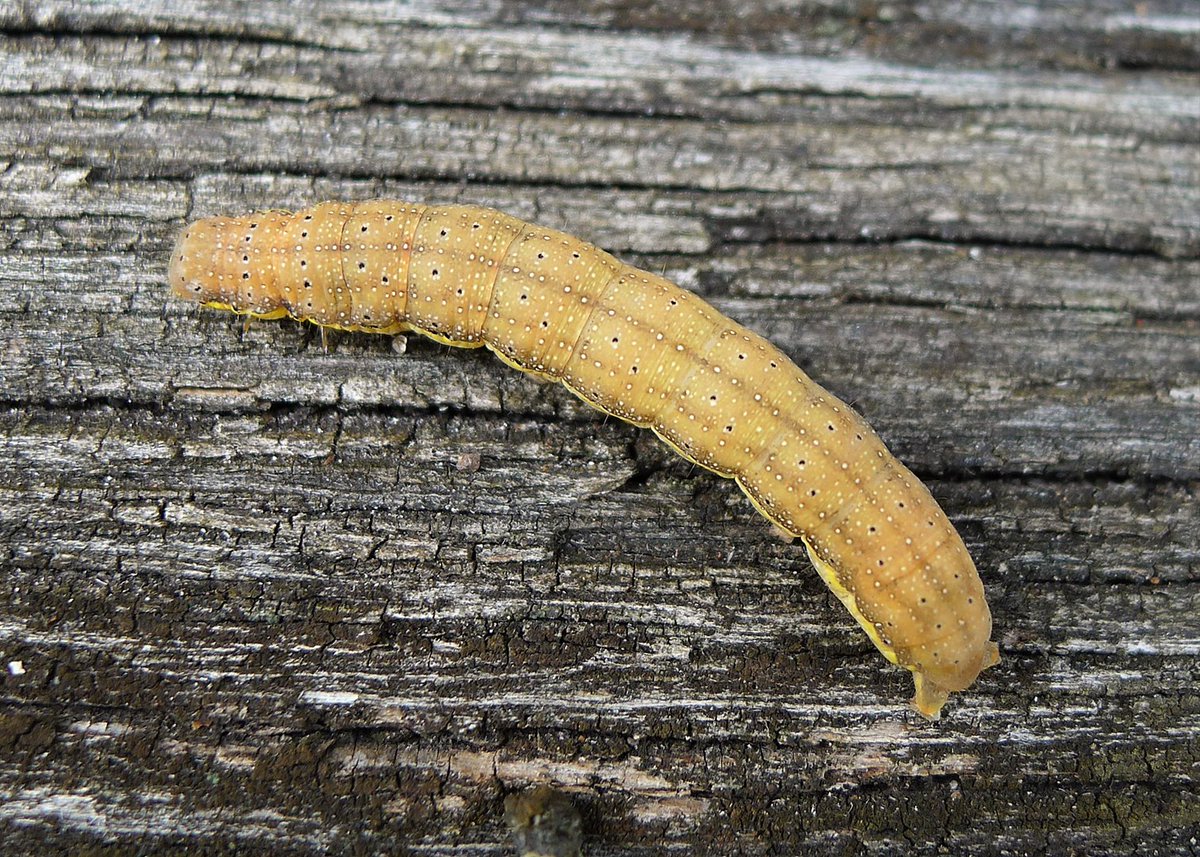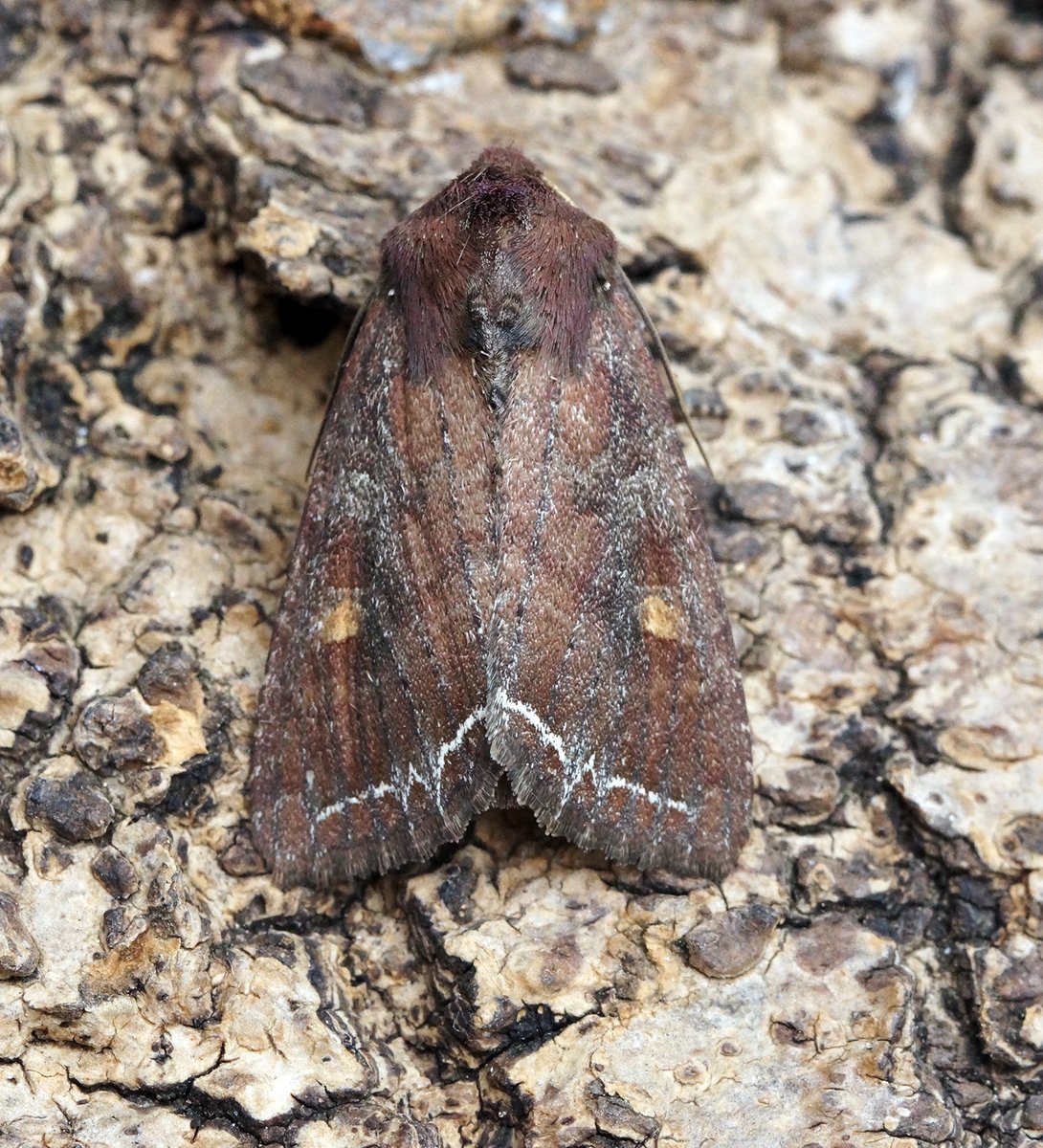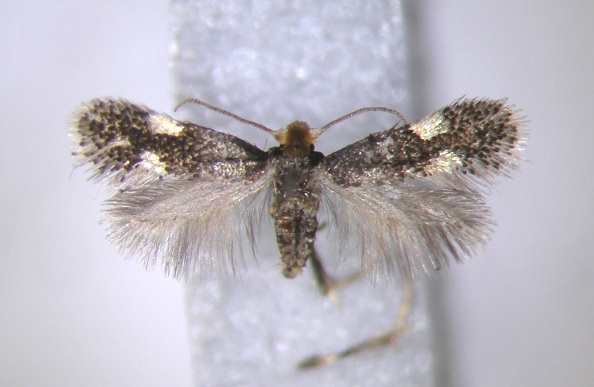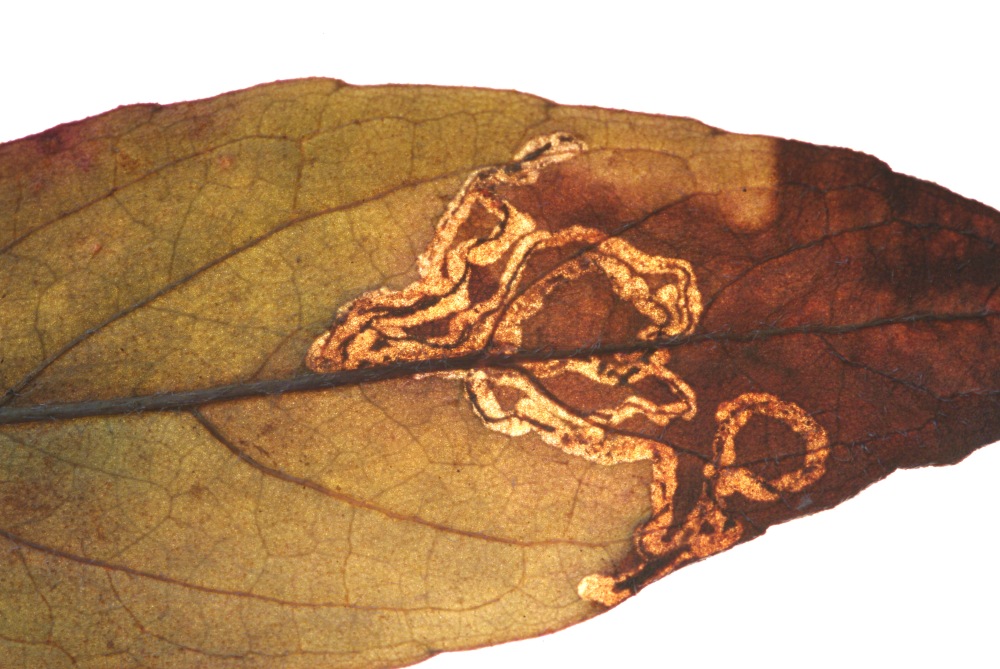Prunella vulgaris, Self-heal, has several colour variants, including pink & white. A very long flowering period, June to Nov, it reblooms rapidly after mowing. So very useful for pollinators. It’s a larval host for around 19 spp. of invertebrates @WebsWild #wildwebswednesday
Chrysolina fastuosa, Dead-Nettle Leaf Beetle, is a Lamiaceae specialist, the adult feeds on the leaves of deadnettles & mints in a range of mainly damp habitats. It lays eggs beneath the leaves in mid- to late summer and pupates in the soil
Pic by Shirokikh124, CC BY 4.0
Pic by Shirokikh124, CC BY 4.0
Longitarsus lycopi, Scarce (Notable B), is found in a range of damp habitats, using various species of Lamiaceae
as a larval host, including Self-heal. Adults are leaf feeders, the larvae feed on the roots.
Pic by Chris Moody, via Flickr, CC BY-NC-2.0
as a larval host, including Self-heal. Adults are leaf feeders, the larvae feed on the roots.
Pic by Chris Moody, via Flickr, CC BY-NC-2.0
Eupteryx notata, a leafhopper, that haunts the low vegetation of chalky soils, where it is often associated with Wild Thyme and Self-heal.
Pic by AfroBrazilian, CC BY-SA 4.0
Pic by AfroBrazilian, CC BY-SA 4.0
Eupithecia subumbrata, Shaded Pug, larvae feed on the flowers of various Lamiaceae, including Self-heal & Origanum vulgare, but is also found on Gentianella campestris and G. amarella Field & Autumn Gentian respectively.
Pic by Ben Sale, CC BY 2.0
Pic by Ben Sale, CC BY 2.0
Lacanobia oleracea, Bright-line Brown-eye. Strictly speaking larvae are polyphagous on leaves of a range of herbaceous & woody plants, but with a single record on Selfheal (and a fab name).
Left, Pic by Gail Hampshire, CC BY 2.0
Right, Pic by Ben Sale, CC BY 2.0
Left, Pic by Gail Hampshire, CC BY 2.0
Right, Pic by Ben Sale, CC BY 2.0

 Read on Twitter
Read on Twitter